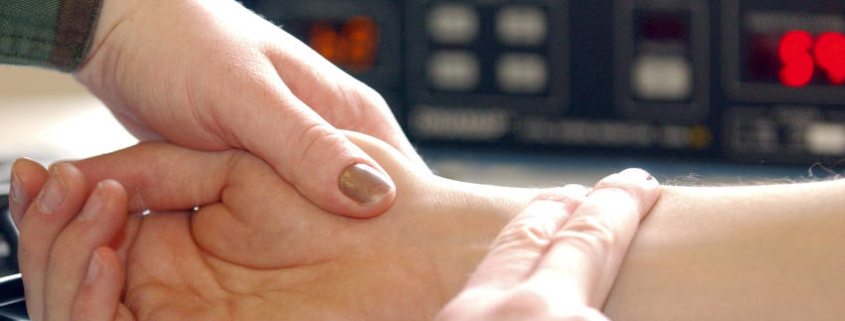The rule of the artery is supreme
“When blood and lymphatics flow freely, the tissues can perform their physiologic functions without impedance. With the occurrence of trauma (physical or emotional), the tissues contract, twist, and compress. The fluid flow becomes obstructed.”
Dr. Andrew Taylor Still.
Blood flow is highly important for the overall health of the body. The tissues that get the best blood flow are the healthiest. The importance of a good circulation of good blood in the preservation of health and in recovery after injury has been emphasized from the first teachings of Dr. A. T. Still who founded osteopathy in 1874 to the present time.
Normal function within the living systems of our body depends on healthy movement. Our biology is always in motion down to the smallest particles within our cells. For the body to work optimally, it needs to nourish its cells and to remove waste products produced by them. This is done mainly by the arterial and venous systems and additionally the lymphatic system. When parts of our anatomy don’t move as nature intended our physical structure becomes dysfunctional and subsequent stasis (stagnant pond) results, that the body’s physiology becomes less effective and this creates an environment where disease or symptoms may occur. Bearing in mind the body is made up of a high percentage of water it is worth considering are you a flowing river or a stagnant pond and what impact does this have on your health?
Tight muscle and extensive fascial adhesions which wind their way through the body may restrict movement, the blood vessels traveling through those structures may be under disproportionate pressure, reducing the flow of blood in this vessel. The organ or tissue being supplied by this vessel may have its physiology compromised with varying degrees. For example, tight muscles and fascial adhesions on the right side of the hip and pelvis may decrease the blood supply to and drainage from the right leg. Thus, the right leg may have struggle with bad circulation or varicose veins, reduced strength and slower healing compared to the left leg. The limb may be further compromised by conditions such as diabetes. The same principle applies in the rest of the body.
Osteopathy aims at an optimal flow in circulatory and lymphatic systems. This is attained by removing areas of resistance to movement. Osteopathic treatment works to mobilise joints and release muscles and fascia that may be mechanically compressing and inhibiting optimal blood flow to an area. By releasing the spine osteopaths may also influence the autonomic nervous system which is a big influence on circulation. This may help improve nutrition and clearing waste of the area and getting immune and other cells to where they need to be. Structural dysfunctions cannot and should not be ignored for optimal health and its impact on blood flow.
Osteopathic manipulation restores freedom in the tissues, normalizes fluid flow and thus inherent physiologic function (healing) follows.
The osteopath is looking to build the health of a patient so that they may use their own capacity to combat disease as nature intended.
View a list of common complains that Osteopathy can assist with
Discovery the benefits of Osteopathy
- What is Osteopathy?
- Adult health issues
- Babies and Children
- During and after pregnancy
- Common Complaints
- Testimonials
- Sports Injuries
- Genral Osteopathy FAQs
- The Science & Reasearch



